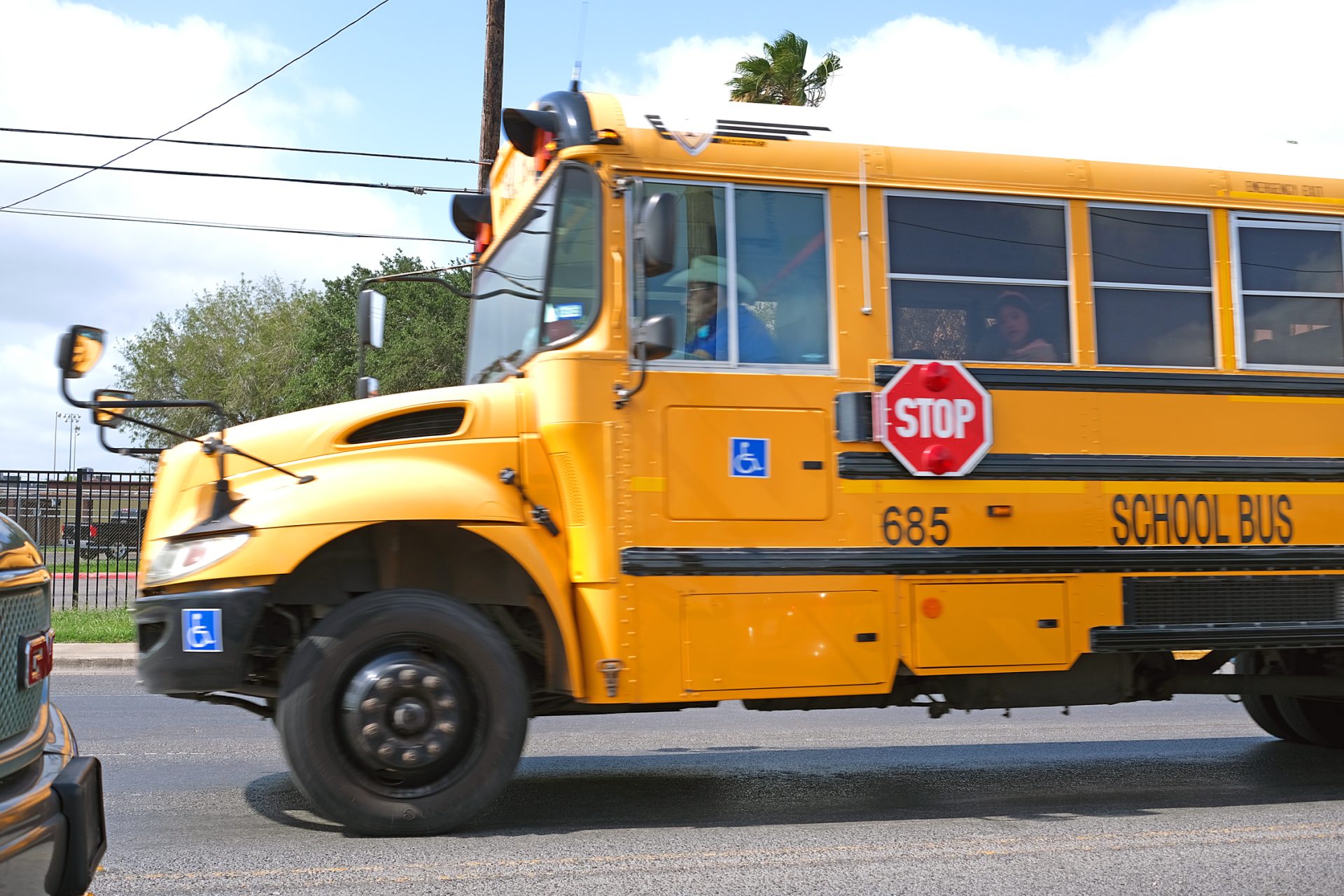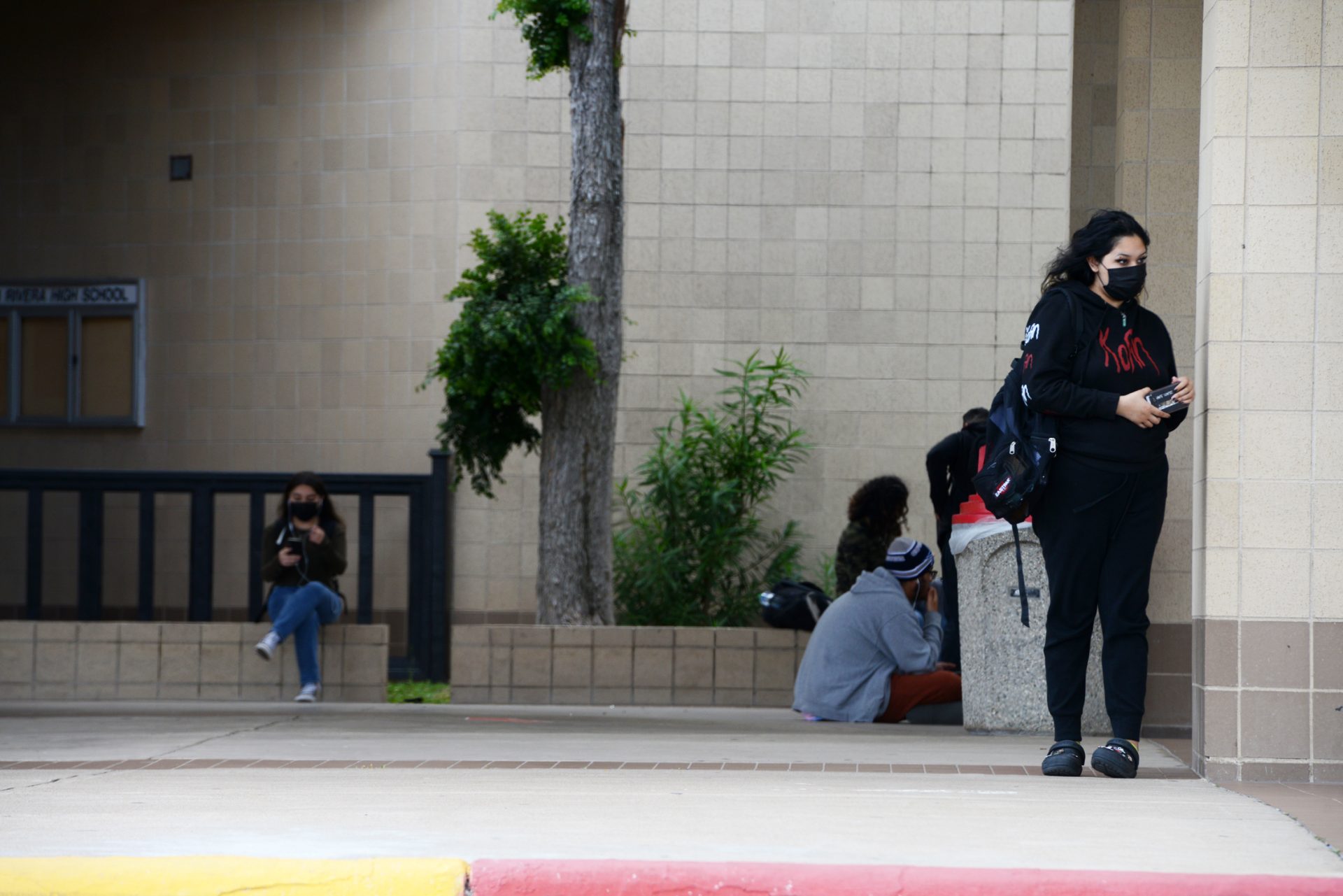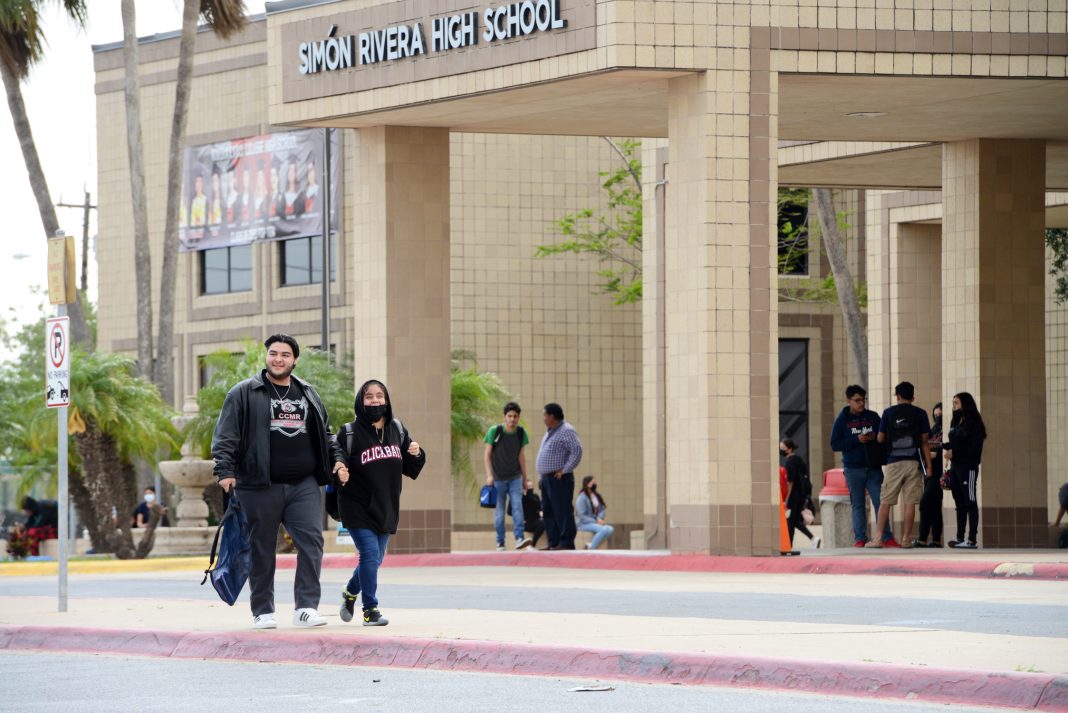|
Only have a minute? Listen instead
Getting your Trinity Audio player ready...
|
The Brownsville Independent School District’s budget committee was faced Monday with the dilemma of how to provide employee raises in the face of declining enrollment and average daily attendance.
Enrollment and ADA drive the amount of money BISD receives from the state to support the district’s budget, which totals around $500,000 annually. But as instruction went remote during the pandemic, enrollment and ADA declined, resulting in less money to the district from the state.
In the current school year, the shortfall amounts to about $30 million in general fund revenue, Chief Financial Officer David Robledo said. By utilizing pandemic-era ESSER II and ESSER III funds to pay for some salaries, the district will be able to reduce the projected shortfall to $24.1 million in 2022-2023 and $22.1 million in 2023-2024, he said, with benefits adding about 15% to the cost.
Meanwhile, BISD is trying to increase salaries to place the district in a better competitive position with other districts to recruit students and teachers.

Superintendent Rene Gutierrez said the number of employees will have to decline proportionally to the decrease in enrollment but that employee numbers would decrease by attrition only, not through layoffs.
“You cannot have a decrease in enrollment and then an increase in salaries,” he said, adding that ESSER funds would help make up the difference over the next two years, but that the challenge after that will be “life after ESSER.”
The administration presented four models for employee raises, with the third calling for 3.5% increases for teachers, librarians, counselors and support staff, 2% for certain classified positions and dollar amounts for others presented as most feasible.
Gutierrez said employee raises would have to be drawn from fund balance, which currently stands at about 75 days of operating costs. It costs about $25 million a month to run the district, he said.

Speaking during the public comment period, Patrick Hammes of the employee group Brownsville Educators Stand Together, or BEST, cited public information requests, which he said showed that since the April 2021 board meeting some 1,000 employees have either resigned, retired or died.
“That’s 16% of your employees. If you don’t pay your employees, they’re not going to stay. You can’t afford to be last in pay,” Hammes said.
“I know that as a board you care deeply about these employees, but how do you go to a campus and say, ‘we love your work but you’re last in pay.’ How do you think your employees feel? We deserve better,” he said.
Gutierrez said that because of the plunge in attendance caused by the pandemic, school districts across Texas are facing the same dilemma as BISD, or will be when their budgets become due in August.
BISD’s budget year is from July 1 to June 30.





